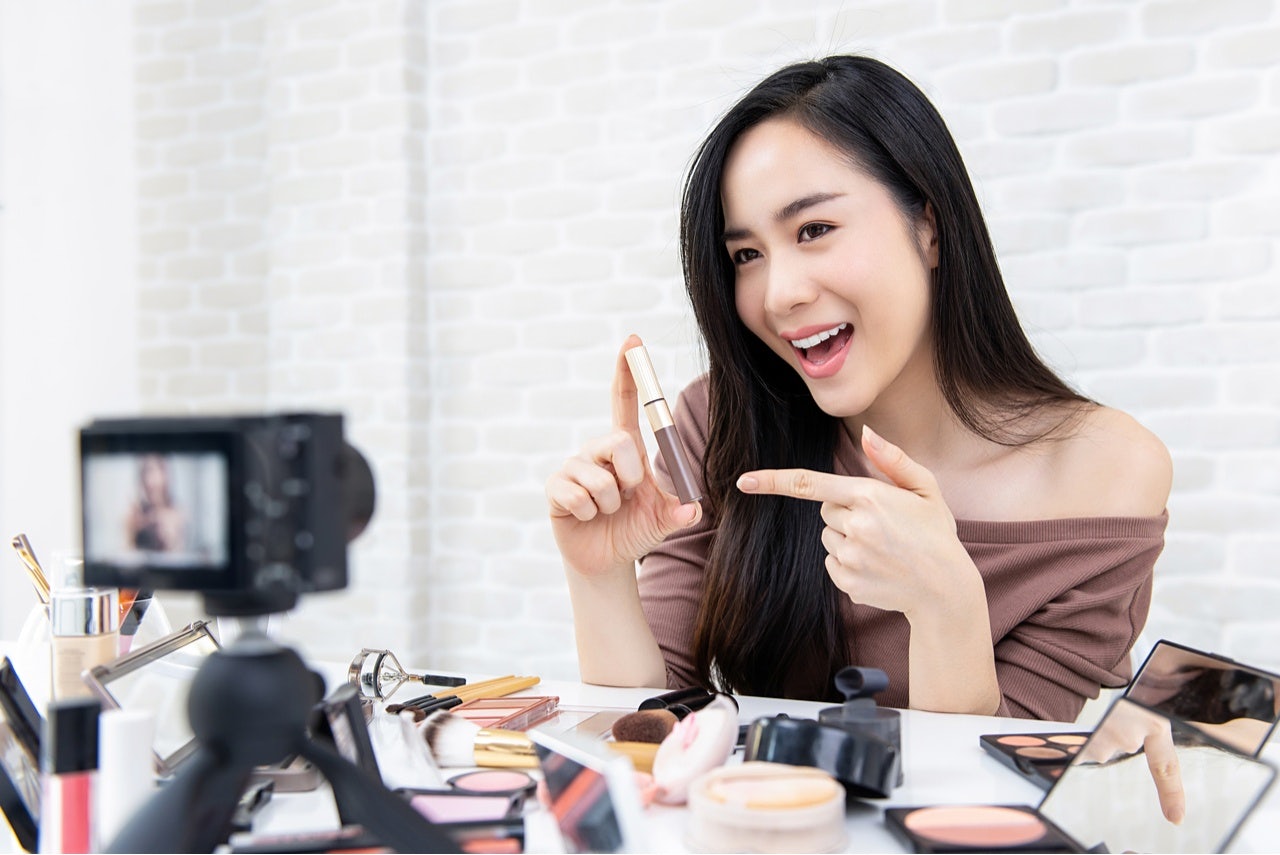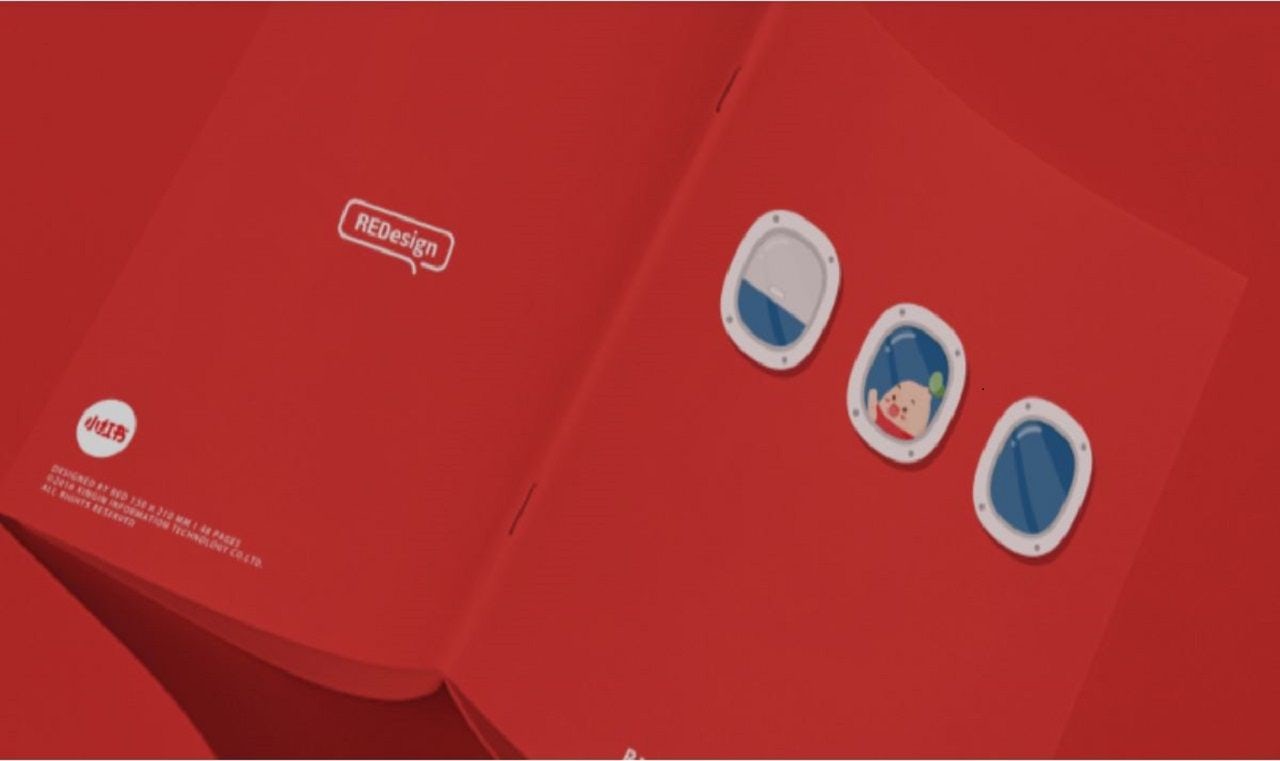ParkLu, the KOL marketing agency in China, picked five Chinese KOL marketing case studies from 2018 to feature. The selection was to honor these brands' willingness to experiment with new platforms and campaign mechanisms, their increasingly sophisticated understanding of how to select and collaborate with KOLs, or their ability to use KOL marketing to transform a brand image completely.
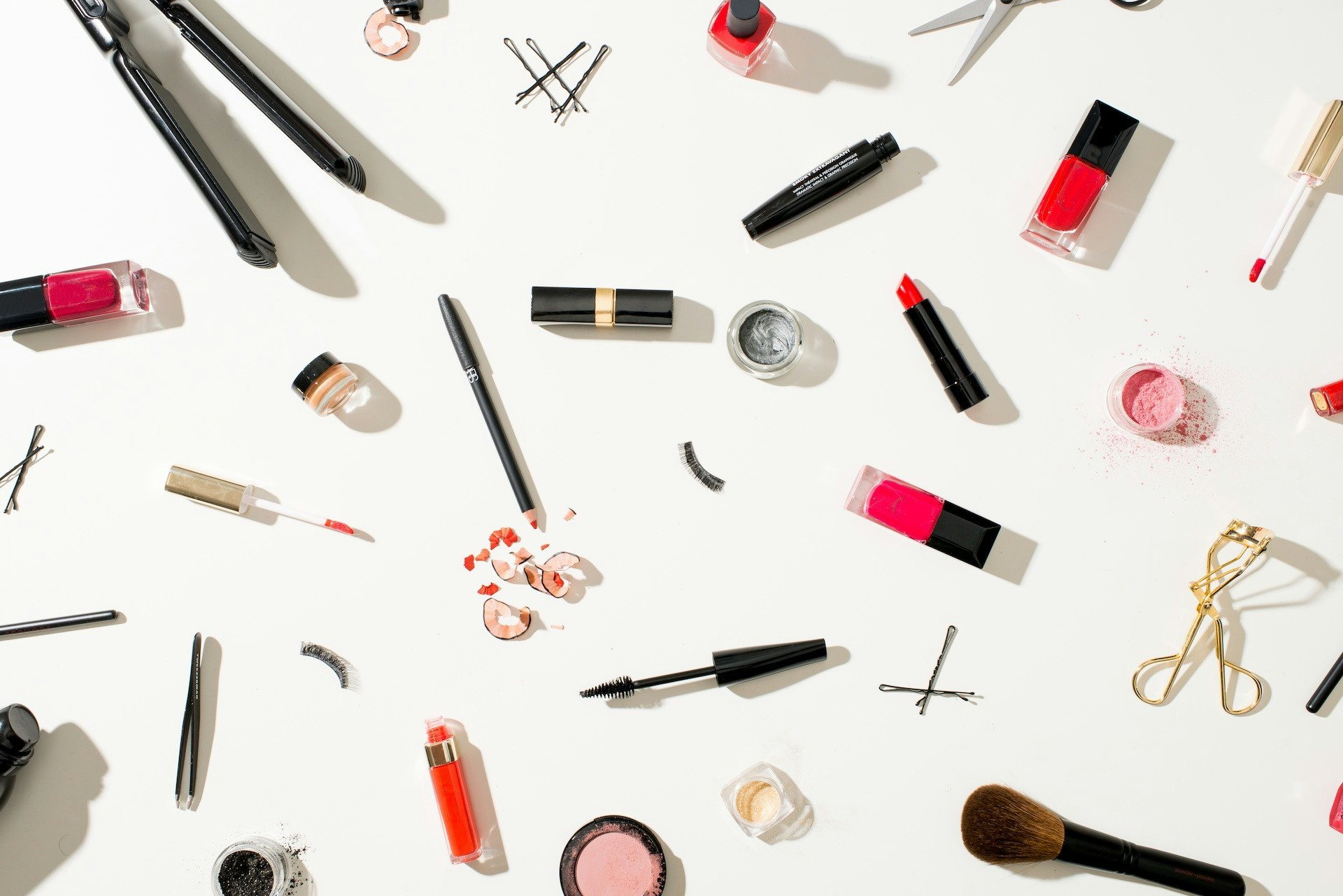
1. Luxury Beauty: Chinese KOL marketing#
for free#
KOLs in China do not like posting about products for free. But, there are exceptions. If a brand has a strong enough reputation, KOLs will want to work with that brand because being associated with it will improve their image and increase their authority.
In the last half of 2018, ParkLu worked with a famous French luxury cosmetics brand that prefers to stay anonymous. The goal of this brand was to generate awareness on Weibo, WeChat, and Little Red Book around specific holidays and limited-edition product launches.
Every time the brand posted an open marketplace product seeding campaign, more than 300 KOLs would sign up to participate despite there being no campaign payment. This happened because:
- The brand had a well-established reputation as a famous luxury cosmetics brand.
- The products they were giving away were not cheap, ranging anywhere between 146-292 (1,000-2,000 RMB).
For each campaign, the brand whittled down the applicants to 50 KOLs from a variety of verticals, including beauty, lifestyle, and travel. The majority of KOLs chosen were mid-tier KOLs. However, some top-tier and micro KOLs were also chosen. To reach a wider audience, the brand picked almost an entirely new set of KOLs for each campaign.
Campaign results and what ParkLu love about this case:#
With virtually no out-of-pocket spend to KOLs, this brand was able to reach more than 138 million target customers and generate more than eight million in Media Value in six months.
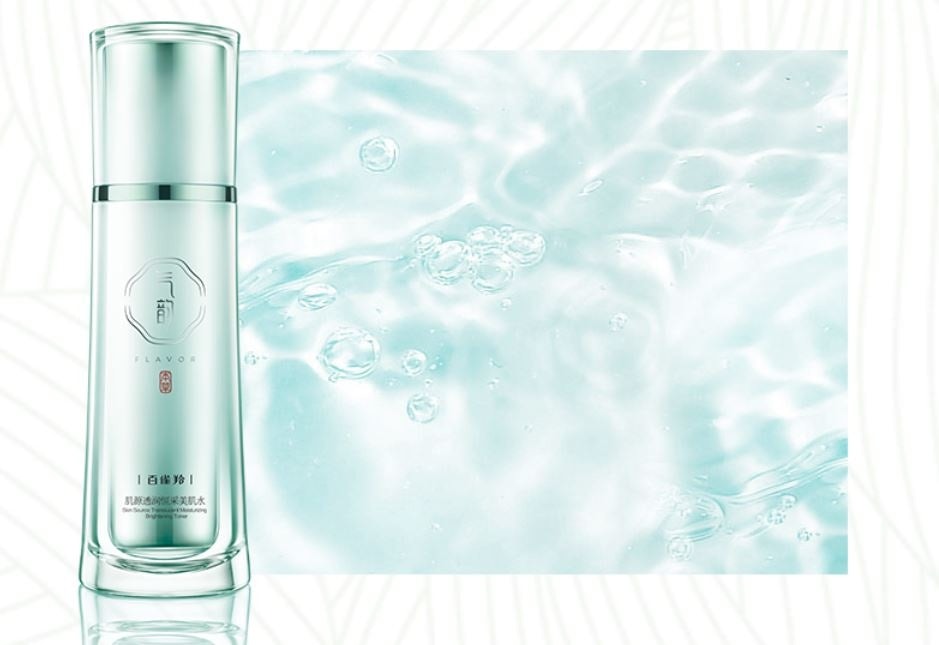
2. Pechoin: Revitalizing an 88-year-old brand#
During last year’s 11.11 Shopping Festival, Pechoin (“百雀羚”), a Chinese skincare brand, was the top-selling domestic beauty brand, with sales figures not far behind many top Western brands.
While becoming a top ranking brand during Singles Day is a feat in and of itself, what’s even more impressive is that not so long ago, Pechoin was not a brand a young Chinese consumer would consider buying for themselves. Founded in 1931, Pechoin had failed to keep up with the times and its image was outdated.
In addition to rebranding in 2017, a massive driver of Pechoin’s success in 2018 is due to KOL marketing campaigns, which have helped bring the brand back out into the spotlight with young Chinese females.
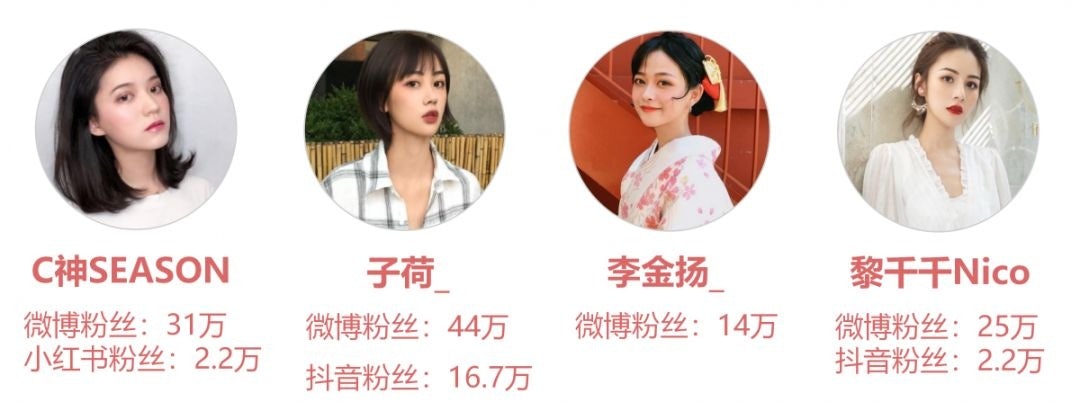
For 11.11, Pechoin worked with four beauty KOLs. Pechoin specifically chose these KOLs for their ability to "zhongcao" (种草). The term "zhongcao" become very popular among China marketers in 2018, which means planting the seed of an idea in the minds of customers. During 11.11 these four KOLs created high-quality content sharing their real experiences using various Pechoin products, inspiring viewers to try out the products themselves. For example, @C神SEASON shared a post on Weibo sharing her experience testing out a Pechoin beauty mask, and demonstrating the results. Her post alone received more than 1.7 million views and 1,000 comments with numerous fans expressing their intention to purchase the product.
Campaign results:#
During the Single Sales Festival week, 127 KOLs mentioned Pechoin, reaching 143 million followers and generating more than 160 thousand engagements across Weitao, Weibo, WeChat, Little Red Book, and Douyin.
What ParkLu love about this case:#
By working with KOLs, Pechoin has been able to transform their brand image to appeal to today’s youth. They set an example for other dated brands looking to reinvent themselves, as well as new brands who are looking to establish themselves in the market. Their success also demonstrates Chinese consumers’ growing confidence in domestic brands.

3. Nars: Knocking it out of the park with Weitao KOLs#
In August of this year, cosmetics brand Nars launched their official Tmall store with a bang. After launching the store, Nars began hosting regular live streaming shows on Taobao Live with their professional makeup artists.
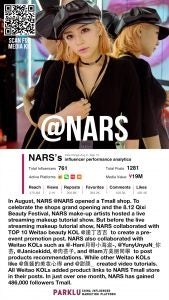
Nars collaborated with top Weitao KOLs such as @-Hani月哥小海盗, @YunyUnyuN_你芸, @Janicekidd, @肉芸子 who promoted the brand with articles, and video bloggers such as @鱼酱的美妆心得 and @甜颜who create makeup tutorials. Nars also worked with one of China’s top 10 beauty bloggers, @逢丁吉吉, who posted about Nars on her Weitao account to announce her participation in Nars’ Chinese Valentine’s Day Beauty Festival.
Campaign results:#
All Weitao KOLs linked to the Nars Tmall store in their posts and within one month of launching on Tmall, the Nars Tmall store boasted more than 486,000 followers.
What ParkLu love about this case:#
Weitao is one of the most overlooked social media platforms in China. Weitao is close to the point of transaction, and the user intentionality for people that interact with Weitao is to buy stuff. We are thrilled to see a big brand providing value first and driving results with Weitao KOLs.
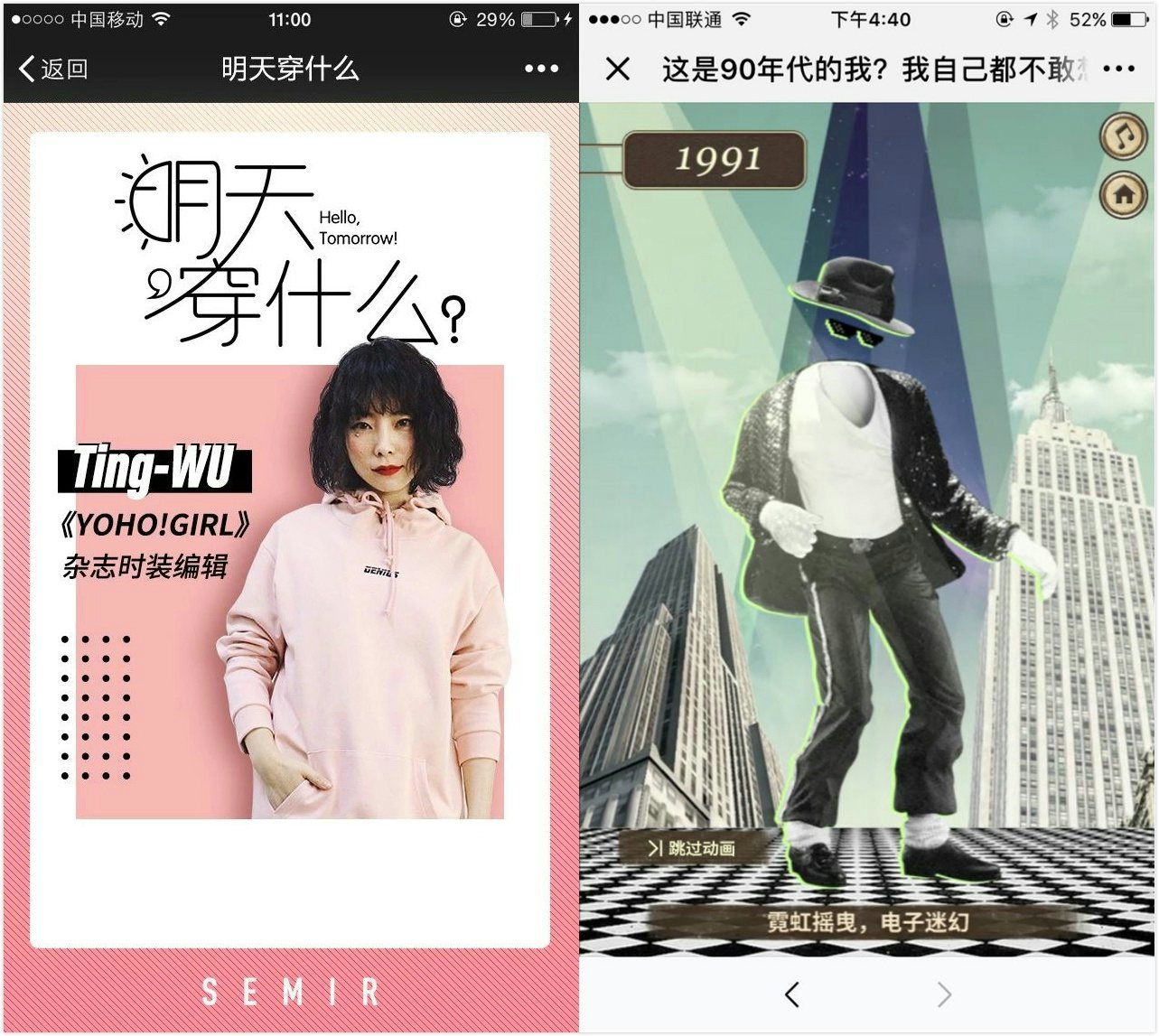
4. Semir: Bigger KOLs aren’t always better#
Working with top-tier KOLs can be particularly helpful for brands just starting and looking to generate massive awareness and build a reputation in China. However, for those established brands, working with niche mid-tier and micro KOLs whom the best fit for your brand can help to reach your core target audience.
Chinese fashion brand Semir demonstrated that this year. One of their more noteworthy examples was their Spring “What to Wear Tomorrow” campaign. Instead of seeking out popular Weibo and WeChat KOLs, Semir sought out someone who could correctly represent the brand, working with Ting Wu, the styling editor of top Chinese fashion magazine YOHO!GIRL who became the face of the campaign.
YOHO!GIRL’s content was aimed at trendy, open-minded, and independent young Chinese women. Since this is precisely what Semir wanted their campaign to convey, there was no one better to represent it than Ting.
Campaign results:#
Ting created two posts for Semir’s official account; the posts received more than 3k engagements. The campaign’s Weibo hashtag #明天穿什么# has tracked 530M impressions and 119K discussions.
What ParkLu love about this case:#
Semir went niche to find a KOL that could connect fans with the brand’s story. Their focus on precision instead of mass appeal generated significant engagement. Semir also received great press among Chinese marketing media outlets in 2018 for going against the grain and achieving great results as a by-product.
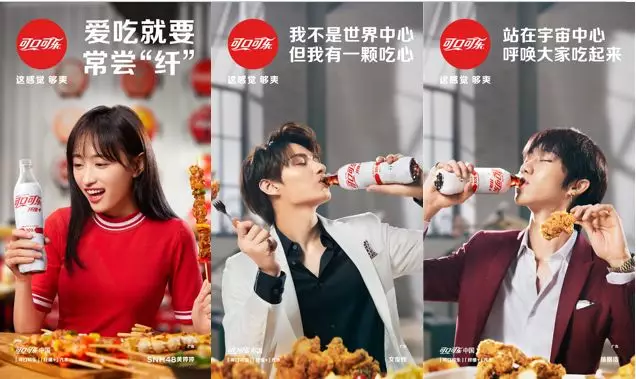
5. Coca-Cola: Creating an O2O echo chamber#
To make Coca-Cola Plus the must-have drink for China’s trendy youth, Coke launched a massive, all-encompassing O2O campaign. Everywhere you turned, no matter online or offline, everyone was drinking Coca-Cola Plus.
Coke seemed to have collaborated with ever potential touchpoint for China’s youth. From sexy male celebrities and top KOLs to chic restaurants and popular event, Coke was wherever young people’s attention was. Moreover, it worked, the flood of promotion generated a massive amount of buzz online.
Campaign results:#
The campaign’s Weibo hashtag #无负担尽享大餐# tracked 20.95 million views and 300,000 comments. Total impressions and engagement across all social media platforms were more than 200 million and 2.5 million respectively.
What ParkLu love about this case:#
Some brands may find it strange that Coke did not require KOLs to include any product links in their posts. Instead, they focused on generating brand affinity and offline sales, working with popular restaurants to promote the new drink. Combining online and offline activations further multiplied the campaign results and made this a standout campaign.
This post originally appeared on ParkLu Blog, our content partner site.
